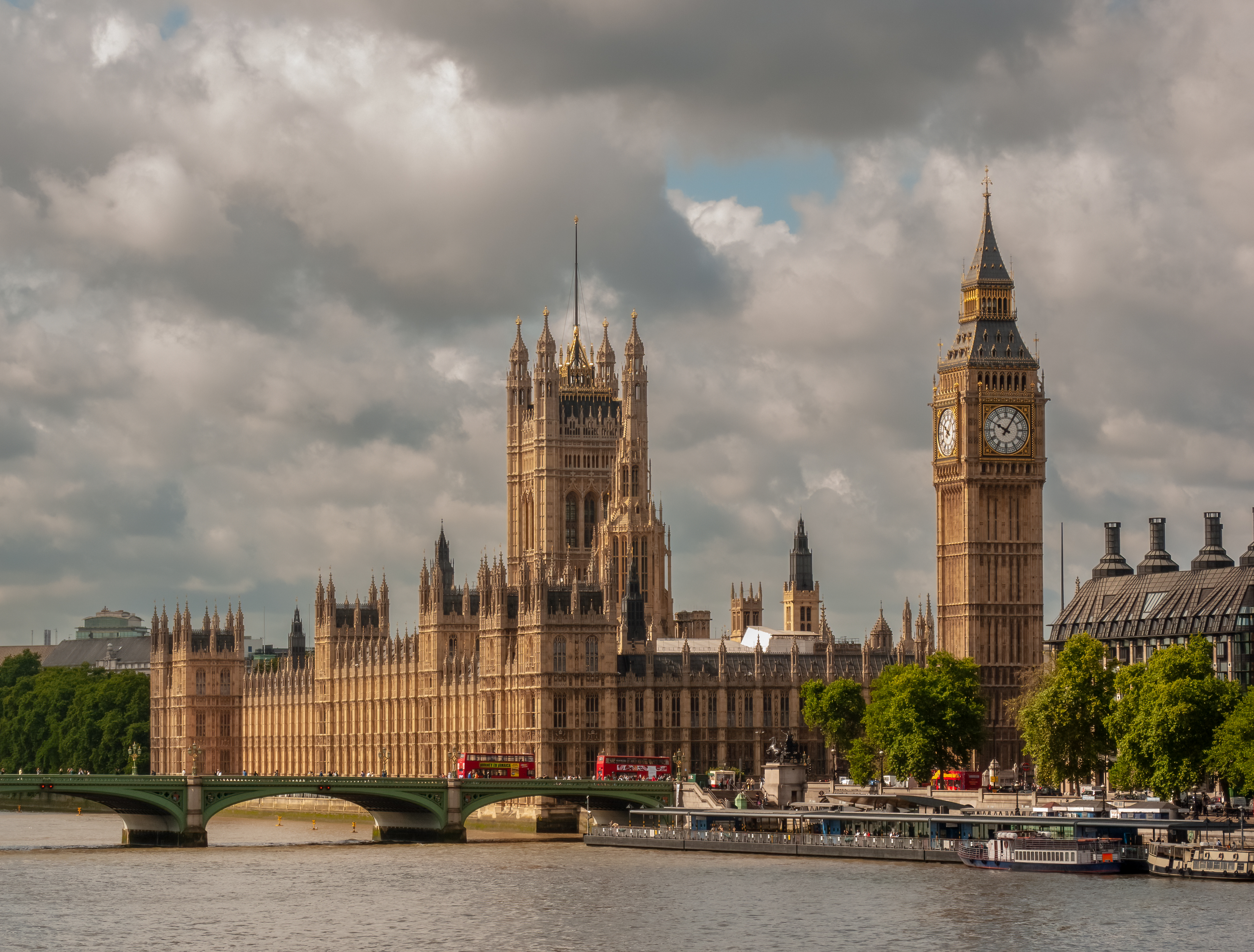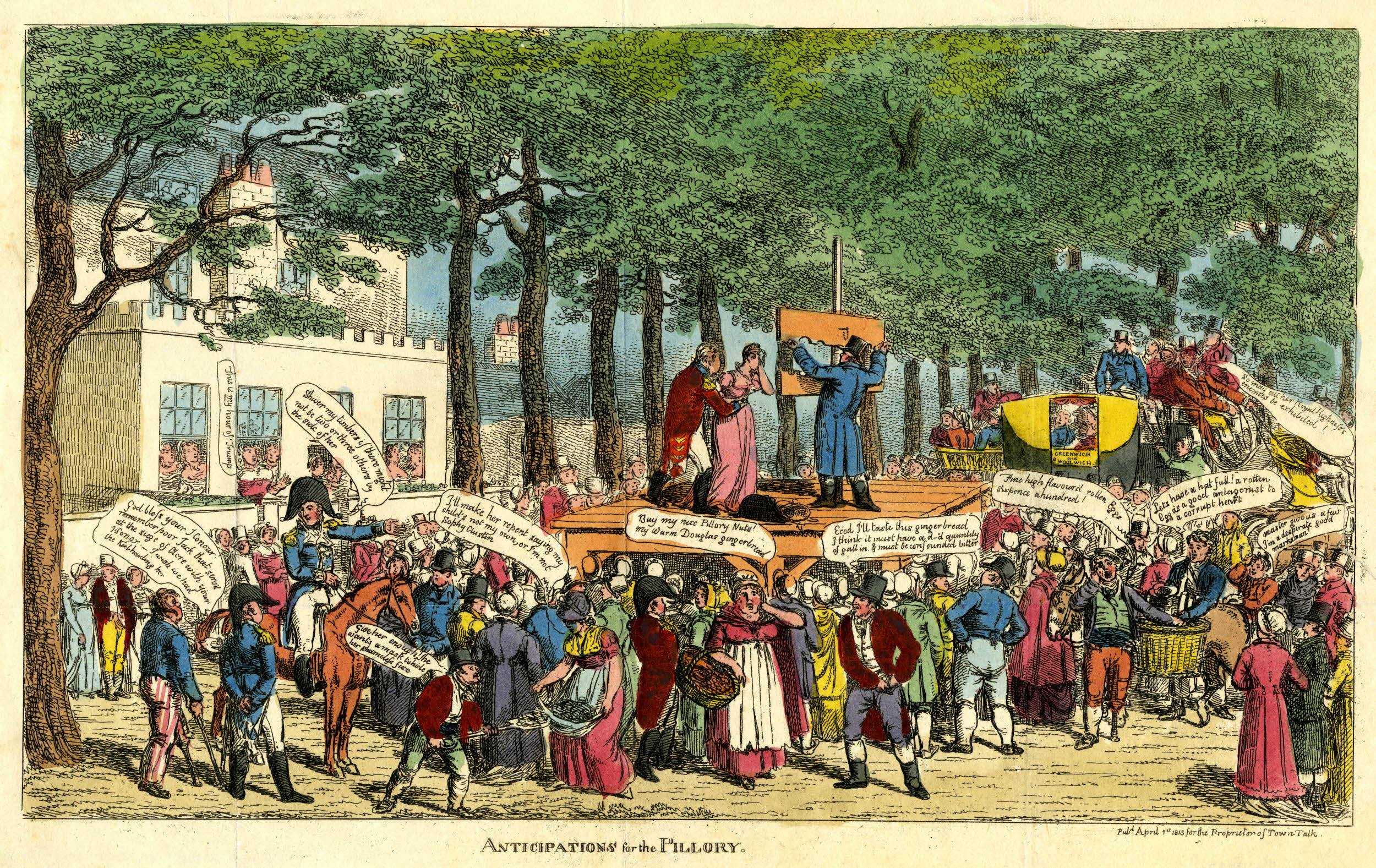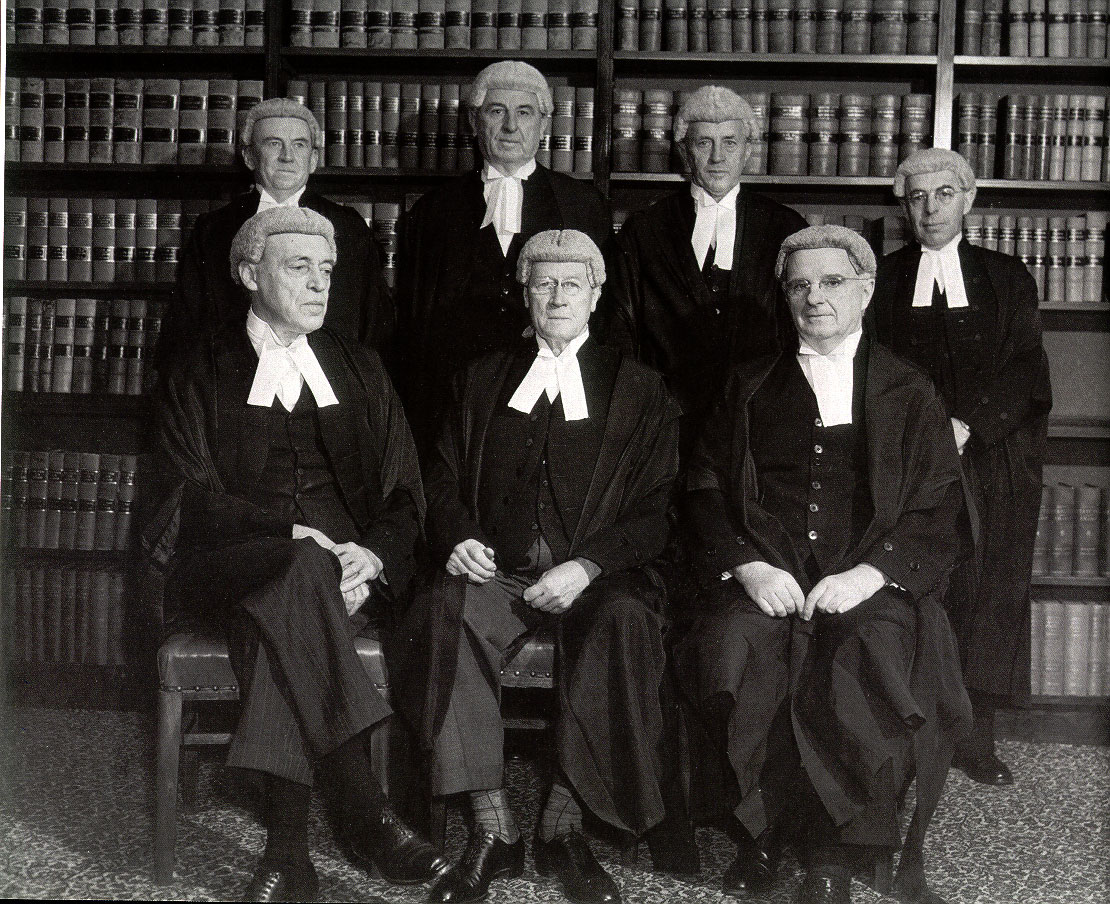|
Bill Of Attainder
A bill of attainder (also known as an act of attainder, writ of attainder, or bill of pains and penalties) is an act of a legislature declaring a person, or a group of people, guilty of some crime, and providing for a punishment, often without a trial. As with attainder resulting from the normal judicial process, the effect of such a bill is to nullify the targeted person's civil rights, most notably the right to own property (and thus pass it on to heirs), the right to a title of nobility, and, in at least the original usage, the right to life itself. In the history of England, the word "attainder" refers to people who were declared "attainted", meaning that their civil rights were nullified: they could no longer own property or pass property to their family by will or testament. Attainted people would normally be punished by execution (legal), judicial execution, with the property left behind escheated to the Crown or lord rather than being inherited by family. The first use of ... [...More Info...] [...Related Items...] OR: [Wikipedia] [Google] [Baidu] |
Legislature
A legislature (, ) is a deliberative assembly with the legal authority to make laws for a political entity such as a country, nation or city on behalf of the people therein. They are often contrasted with the executive and judicial powers of government. Legislatures can exist at different levels of government–national, state/provincial/regional, local, even supranational (such as the European Parliament). Countries differ as to what extent they grant deliberative assemblies at the subnational law-making power, as opposed to purely administrative responsibilities. Laws enacted by legislatures are usually known as primary legislation. In addition, legislatures may observe and steer governing actions, with authority to amend the budget involved. The members of a legislature are called legislators. In a democracy, legislators are most commonly popularly elected, although indirect election and appointment by the executive are also used, particularly for bicameral legis ... [...More Info...] [...Related Items...] OR: [Wikipedia] [Google] [Baidu] |
Caroline Of Brunswick
Caroline of Brunswick-Wolfenbüttel (Caroline Amelia Elizabeth; 17 May 1768 – 7 August 1821) was List of British royal consorts, Queen of the United Kingdom of Great Britain and Ireland and Queen of Hanover from 29 January 1820 until her death in 1821 as the estranged wife of King George IV. She was Princess of Wales from 1795 to 1820. The daughter of Charles William Ferdinand, Duke of Brunswick, and Princess Augusta of Great Britain, Caroline was Cousin marriage, engaged in 1794 to her first cousin George, Prince of Wales, whom she had never met. He was already illegally married to Maria Fitzherbert. George and Caroline married the following year but separated shortly after the birth of their only child, Princess Charlotte of Wales (1796–1817), Princess Charlotte, in 1796. By 1806, rumours that Caroline had taken multiple lovers and had an illegitimate child led to an investigation into her private life. The dignitaries who led the investigation concluded that there wa ... [...More Info...] [...Related Items...] OR: [Wikipedia] [Google] [Baidu] |
Polyukhovich V Commonwealth
''Polyukhovich v Commonwealth'' (1991) 172 CLR 501; 991HCA 32, commonly referred to as the ''War Crimes Act Case'', was a significant case decided in the High Court of Australia regarding the scope of the external affairs power in section 51(xxix) of the Constitution and the judicial power of the Commonwealth. Background Th''War Crimes Act 1945'' (Cth)provided that any person who committed a war crime between 1 September 1939 and 8 May 1945 was guilty of an indictable offence. Ivan Timofeyevich Polyukhovich had been charged under the Act with war crimes, alleged to have been committed between September 1942 and May 1943 in Ukraine while it was under German occupation in World War II. Polyukhovich's lawyers argued that the law was beyond the scope of Commonwealth legislative power in section 51(vi) (defence) and section 51(xxix) (external affairs) of the Constitution. He further argued that the attempt to make past criminal conduct an offence was an invalid attempt to usurp t ... [...More Info...] [...Related Items...] OR: [Wikipedia] [Google] [Baidu] |
Huddart, Parker & Co Pty Ltd V Moorehead
''Huddart, Parker & Co Pty Ltd v Moorehead''. is a leading decision by the High Court of Australia that dealt with two issues under the Australian Constitution, the identification and extent of judicial power that is vested in the courts and the corporations power of the Parliament. The Court unanimously held that the inquiry provisions of the ''Australian Industries Preservation Act 1906'' were not an exercise of judicial power. The judgement of Griffith CJ in particular continues to be cited in relation to its examination of the identification and extent of judicial power. The court, however, divided on the proper approach to the corporations power. The majority, Griffith CJ, Barton & O'Connor JJ, strongly influenced by the now discredited doctrine of reserved State powers, held that the corporations power was to be construed narrowly because the trade and commerce power did not include intrastate trade and commerce. While the reserved powers doctrine was unambiguously rej ... [...More Info...] [...Related Items...] OR: [Wikipedia] [Google] [Baidu] |
Commonwealth Law Reports
The Commonwealth Law Reports (CLR) () are the authorised reports of decisions of the High Court of Australia. The Commonwealth Law Reports are published by the Lawbook Company, a division of Thomson Reuters. James Merralls AM QC was the editor of the Reports from 1969 until his death in 2016. The current editors are Paul Vout KC and Peter Willis SC. Each reported judgment includes a headnote written by an expert reporter (by convention, a practising barrister) which, as an authorised report, has been approved by the High Court. The current reporters are as follows: * Hannah Canham * Roshan Chaile * Bora Kaplan * James McComish * William Newland * Jakub Patela * Stephen Puttick * Daniel Reynolds * Marcus Roberts * Alexander Solomon-Bridge * Ahmed Terzic * Julia Wang * Michael Wells * Radhika Withana The headnotes include a summary of counsel's legal arguments. The Reports also include tables of cases reported, affirmed, reversed, overruled, applied or judicially commented ... [...More Info...] [...Related Items...] OR: [Wikipedia] [Google] [Baidu] |
R V Kirby; Ex Parte Boilermakers' Society Of Australia
''R v Kirby; Ex parte Boilermakers' Society of Australia'',. known as the ''Boilermakers' Case'', was a 1956 decision of the High Court of Australia which considered the powers of the Commonwealth Court of Conciliation and Arbitration to punish the Amalgamated Engineering Union (Australia)#History, Boilermakers' Society of Australia, a union which had disobeyed the orders of that court in relation to an industrial dispute between boilermakers and their employer body, the Metal Trades Employers' Association. The High Court held that the Australian Constitution#The Judicature, judicial power of the Commonwealth could not be vested in a tribunal that also exercised non-judicial functions. It is a major case dealing with the separation of powers in Australian law. Background Separation of powers The High Court had consistently held that the judicial power of the Commonwealth could not be exercised by any body except a court established under Chapter III Court, Chapter III of the ... [...More Info...] [...Related Items...] OR: [Wikipedia] [Google] [Baidu] |
Australian Communist Party V Commonwealth
''Australian Communist Party v The Commonwealth'', also known as the ''Communist Party Case'',. was a legal case in the High Court of Australia in 1951 in which the court declared the Communist Party Dissolution Act 1950 unconstitutional and invalid as being beyond the power of the Parliament. Notable Australian academic George Winterton described the case as "undoubtedly one of the High Court's most important decisions". (1992) 18 Melbourne University Law Review 630. Background In the general election held on 10 December 1949, Prime Minister Robert Menzies led a Liberal- Country Party coalition to government pledged to dissolving the Communist Party of Australia. The party had been banned before: following the Molotov–Ribbentrop Pact, the party had opposed Australian involvement in the Second World War in 1939, which gave Menzies' United Australia Party-Country Party government the opportunity to dissolve it on 15 June 1940 under the ''National Security (Subversive Assoc ... [...More Info...] [...Related Items...] OR: [Wikipedia] [Google] [Baidu] |
High Court Of Australia
The High Court of Australia is the apex court of the Australian legal system. It exercises original and appellate jurisdiction on matters specified in the Constitution of Australia and supplementary legislation. The High Court was established following the passage of the ''Judiciary Act 1903'' (Cth). Its authority derives from chapter III of the Australian Constitution, which vests it (and other courts the Parliament creates) with the judicial power of the Commonwealth. Its internal processes are governed by the ''High Court of Australia Act 1979'' (Cth). The court consists of seven justices, including a chief justice, currently Stephen Gageler. Justices of the High Court are appointed by the governor-general on the formal advice of the attorney-general following the approval of the prime minister and Cabinet. They are appointed permanently until their mandatory retirement at age 70, unless they retire earlier. Typically, the court operates by receiving applicati ... [...More Info...] [...Related Items...] OR: [Wikipedia] [Google] [Baidu] |
Parliament Of Australia
The Parliament of Australia (officially the Parliament of the Commonwealth and also known as the Federal Parliament) is the federal legislature of Australia. It consists of three elements: the Monarchy of Australia, monarch of Australia (represented by the Governor-General of Australia, governor-general), the Australian Senate, Senate (the upper house), and the Australian House of Representatives, House of Representatives (the lower house).''Australian Constitution's 1– via Austlii. The Australian Parliament combines elements from the British Westminster system, in which the party or coalition with a majority in the lower house is entitled to form a government, and the United States Congress, which affords equal representation to each of the states, and scrutinises legislation before it can be signed into law. The upper house, the Senate, consists of 76 members: twelve for each States and territories of Australia, state, and two for each of the self-governing States and terr ... [...More Info...] [...Related Items...] OR: [Wikipedia] [Google] [Baidu] |
Constitution Of Australia
The Constitution of Australia (also known as the Commonwealth Constitution) is the fundamental law that governs the political structure of Australia. It is a written constitution, which establishes the country as a Federation of Australia, federation under a Monarchy of Australia, constitutional monarchy governed with a parliamentary system. Its eight chapters set down the structure and powers of the three constituent parts of the federal level of government: the Parliament of Australia, Parliament, the Australian Government, Executive Government and the Judiciary of Australia, Judicature. The Constitution was drafted between 1891 and 1898 at a series of Constitutional Convention (Australia), conventions conducted by representatives of the six self-governing British colonies in Australia: New South Wales, Victoria (state), Victoria, Queensland, Western Australia, South Australia and Tasmania. This final draft was then approved by each state in a 1898–1900 Australian const ... [...More Info...] [...Related Items...] OR: [Wikipedia] [Google] [Baidu] |
Common-law
Common law (also known as judicial precedent, judge-made law, or case law) is the body of law primarily developed through judicial decisions rather than statutes. Although common law may incorporate certain statutes, it is largely based on precedent—judicial rulings made in previous similar cases. The presiding judge determines which precedents to apply in deciding each new case. Common law is deeply rooted in ''stare decisis'' ("to stand by things decided"), where courts follow precedents established by previous decisions. When a similar case has been resolved, courts typically align their reasoning with the precedent set in that decision. However, in a " case of first impression" with no precedent or clear legislative guidance, judges are empowered to resolve the issue and establish new precedent. The common law, so named because it was common to all the king's courts across England, originated in the practices of the courts of the English kings in the centuries following ... [...More Info...] [...Related Items...] OR: [Wikipedia] [Google] [Baidu] |
State Constitution (United States)
In the United States, each state has its own written constitution. They are much longer than the United States Constitution, which only contains 4,543 words. State constitutions are all longer than 8,000 words because they are more detailed regarding the day-to-day relationships between government and the people. The shortest is the Constitution of Vermont, adopted in 1793 and currently 8,295 words long. The longest was Alabama's sixth constitution, ratified in 1901, about 345,000 words long, but rewritten in 2022. Both the federal and state constitutions are organic texts: they are the fundamental blueprints for the legal and political organizations of the United States and the states, respectively. The Tenth Amendment to the United States Constitution (part of the Bill of Rights) provides that "The powers not delegated to the United States by the Constitution, nor prohibited by it to the States, are reserved to the States respectively, or to the people." The Guarantee ... [...More Info...] [...Related Items...] OR: [Wikipedia] [Google] [Baidu] |







